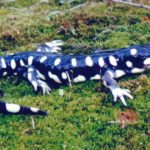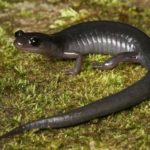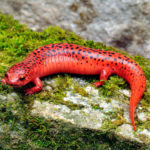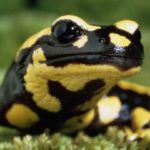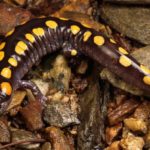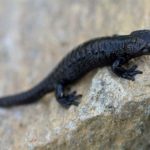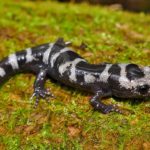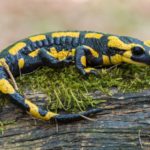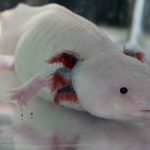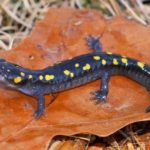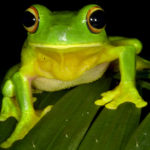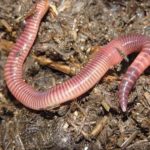Facts about salamanders
 There are 7 kinds of salamanders in the world.
There are 7 kinds of salamanders in the world.- The skin of a salamander is very sensitive to environmental pollution, because toxins easily penetrate into their skin and reach the internal organs. By tracking the number of salamanders in the wild, scientists can assess whether the environment is healthy or not. If there is a large salamander population, this means that the environment is clean, and vice versa.
- Some salamanders are brightly colored, others do not. It all depends on the amount of pigments in the skin.
- Body coloring, especially bright colors, indicates that salamanders can be poisonous. Their skin is covered with mucus, which contains bitter substances that make them inedible (poisonous) for predators.
- Salamanders use another technique of “autotomy” against predators. By autotomy is meant – rejection of the organ (for example, a salamander clamped by the tail, immediately discards it, thereby avoiding the enemy).
- Due to the incredible power of regeneration, the new tail of the salamander will grow after a couple of weeks.
- Salamanders feed on worms and insects. Some species have a tongue that can be ten times longer than their bodies.
- Salamanders live up to 55 years.

